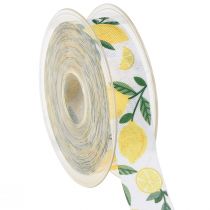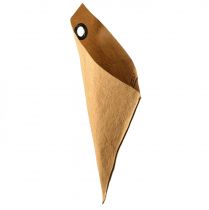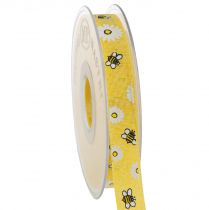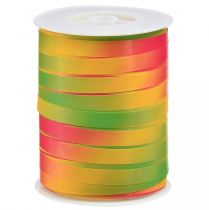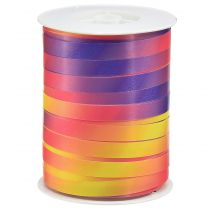axonometry
![]() Axonometry describes a method of representing spatial objects, simulating their three-dimensional representation in a two-dimensional environment. Axonometry has traditionally been used as a tool of scientific disciplines such as mathematics, but also has its uses in the artistic and performing environment, helping to view the aesthetics and form of objects even before they are actually made. In order to create an axonometric representation manually, a coordinate system with three axes is to be drawn on a two-dimensional medium such as a sheet of paper, for the optimal, optical insight here a diagonal representation is selected. According to the rules of spatial drawing, three-dimensional objects are drawn into the system true to scale, thus becoming a drawn model of the desired overall object. In modern working environments, computer programs take on these tasks, for example through CAD (Computer Aided Design) in engineering and mechanical engineering. In the case of axonometry, computer technology offers the advantage of being able to rotate the created object in all directions and to rotate it in order to gain an even more vivid impression of the model. Although axonometry is less frequently used to create bouquets and wreaths in floristry, decorative objects for the garden, balcony and terrace are often designed on the basis of this geometric model and made for improvements on the computer.
Axonometry describes a method of representing spatial objects, simulating their three-dimensional representation in a two-dimensional environment. Axonometry has traditionally been used as a tool of scientific disciplines such as mathematics, but also has its uses in the artistic and performing environment, helping to view the aesthetics and form of objects even before they are actually made. In order to create an axonometric representation manually, a coordinate system with three axes is to be drawn on a two-dimensional medium such as a sheet of paper, for the optimal, optical insight here a diagonal representation is selected. According to the rules of spatial drawing, three-dimensional objects are drawn into the system true to scale, thus becoming a drawn model of the desired overall object. In modern working environments, computer programs take on these tasks, for example through CAD (Computer Aided Design) in engineering and mechanical engineering. In the case of axonometry, computer technology offers the advantage of being able to rotate the created object in all directions and to rotate it in order to gain an even more vivid impression of the model. Although axonometry is less frequently used to create bouquets and wreaths in floristry, decorative objects for the garden, balcony and terrace are often designed on the basis of this geometric model and made for improvements on the computer.

